On June 7, specialist doctor Do Chau Viet, Head of the Infectious Intensive Care Department, Children's Hospital 2, said that the department had received and successfully saved two children with hemiplegia-hemiplegia syndrome (HHE syndrome).
Children with fever and convulsions, hemiplegia
The first case is a girl named LTN (18 months old, living in Thu Duc City). According to the medical history, N. was sick for a day, had a high fever of 39 degrees Celsius with convulsions all over her body and was taken to a local hospital by her family. Because the convulsions were prolonged and did not respond well to anticonvulsants, she was transferred to Children's Hospital 2 in a state of lethargy, with convulsions all over her body alternating with convulsions on the right side.
Baby N. was intubated and transferred to the Infectious Intensive Care Unit. Brain MRI results showed that the baby had diffuse limited lesions in the left cerebral hemisphere while the right cerebral cortex was normal. Because the baby's other test results were negative for encephalitis agents such as Herpes simplex, Japanese encephalitis, and the microscopy and culture showed no bacteria, the baby was treated with high doses of steroids, breathing assistance, and anti-cerebral edema.
After 3 days of treatment, the baby's perception showed signs of improvement and was gradually taken off the ventilator. Although the right side of the body was still weak, the baby continued to receive anti-epileptic drugs and physical therapy. Currently, baby N. has fully recovered in terms of perception, muscle strength, and muscle tone throughout the body.
The second case is patient NHX (3 years old, living in Ho Chi Minh City). Baby X. has a history of generalized epilepsy since 14 months old and is being treated with Depakin.
According to the family, the child was sick for a day, had a high fever, and then had a seizure that lasted 30 minutes before being taken to Children's Hospital 2. There, the child continued to have many seizures, with generalized seizures alternating with convulsions of the mouth and right hand. After the seizure, child X. became unconscious, had respiratory failure, and was put on a ventilator.
"The MRI results of baby X's brain also showed damage with brain edema almost in the entire left hemisphere, shifting the midline to the right, and the right hemisphere was compressed. The doctors of the department quickly consulted and used high-dose steroids 30mg/kg/day for 5 days, and at the same time used 1 gram/kg/day of Globulin antibody intravenously for 2 days," Dr. Viet shared.
After 10 days of active treatment, baby X.'s consciousness improved slowly, he had a good breathing rhythm and was able to be weaned off the ventilator, continued to control epilepsy and physical therapy. However, because the baby still had sequelae, he had poor eye contact, limited movement and weakness on the right side of his body. Even though he was discharged from the hospital, X. still needed to be monitored and re-examined for intervention when necessary.
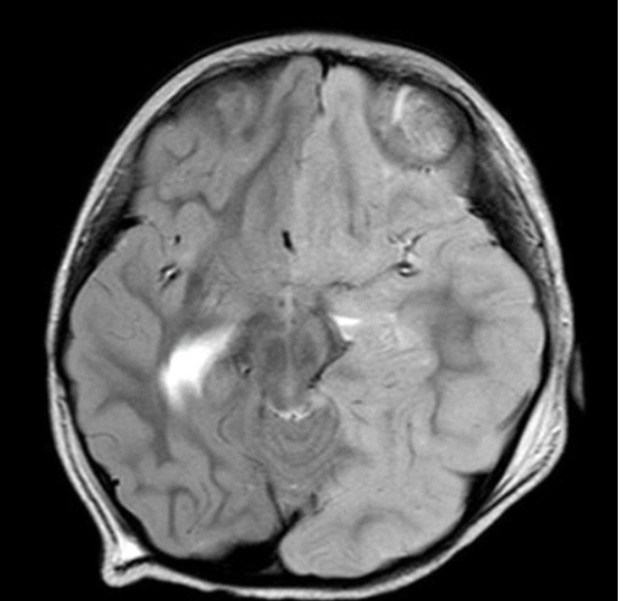
T2W MRI image of patient NHX
"HEE is a rare disease with a poor prognosis"
According to Dr. Viet, HHE syndrome is a rare disease, first discovered in 1960. The disease has a state of prolonged hemiconvulsions in febrile children under 4 years old, causing hemiplegia on the same side of the seizure and cerebral atrophy on the opposite side.
"In the acute phase, the patient has many uncontrollable seizures, damage and swelling of one hemisphere of the brain. If not well controlled, the patient may be paralyzed for life, have brain sequelae and live a vegetative life, and may even have brain herniation leading to death," Dr. Viet emphasized.
HHE is diagnosed based on characteristic brain imaging on MRI. In the acute phase, there is edematous lesion of the cerebral hemisphere, followed by cerebral atrophy that does not correlate with any vascular area.
Not only is it a rare disease, experts say that people with HHE syndrome often have a poor prognosis, neurological sequelae, and a high resistance to anti-epileptic drugs. The current cause and agent of the disease are still unclear. Many hypotheses have been put forward that it may be due to immunity and metabolism.
Source link



![[Photo] Looking back at the impressive moments of the Vietnamese rescue team in Myanmar](https://vstatic.vietnam.vn/vietnam/resource/IMAGE/2025/4/11/5623ca902a934e19b604c718265249d0)



![[Photo] "Beauties" participate in the parade rehearsal at Bien Hoa airport](https://vstatic.vietnam.vn/vietnam/resource/IMAGE/2025/4/11/155502af3384431e918de0e2e585d13a)
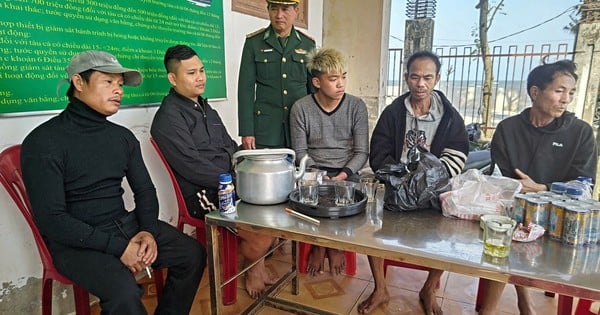



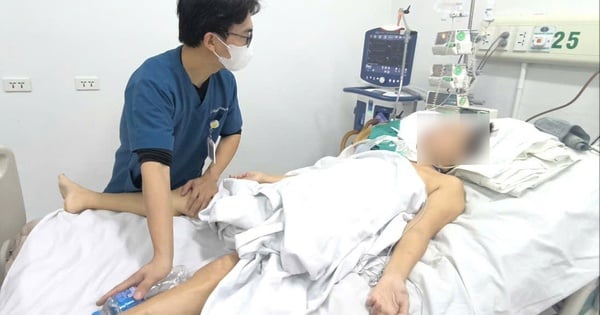

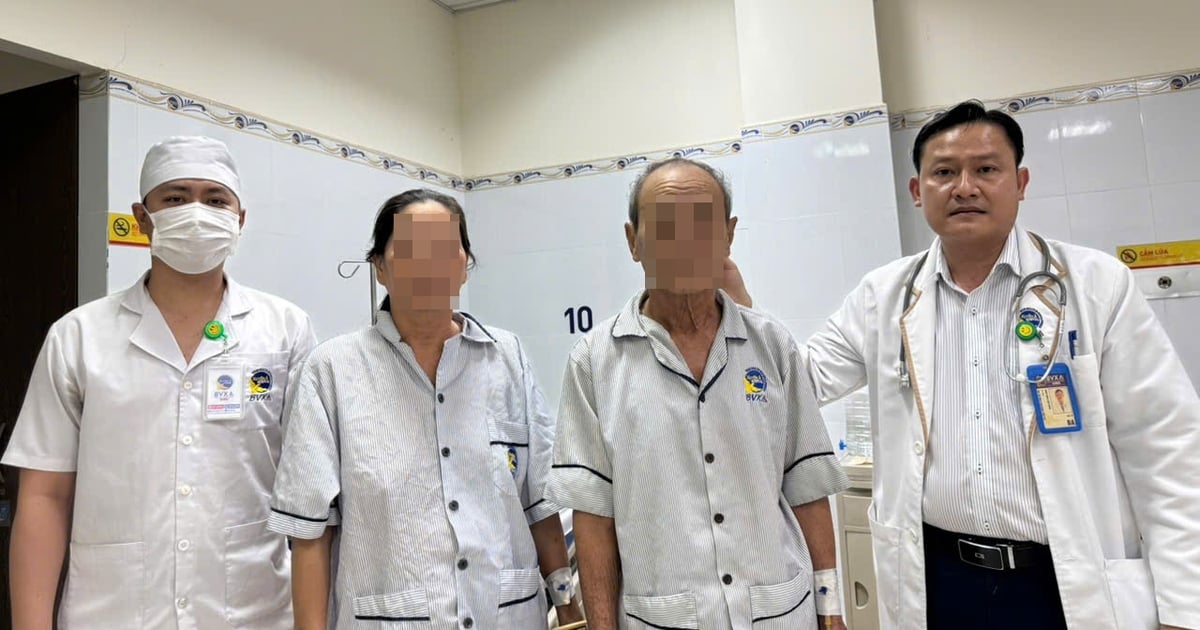


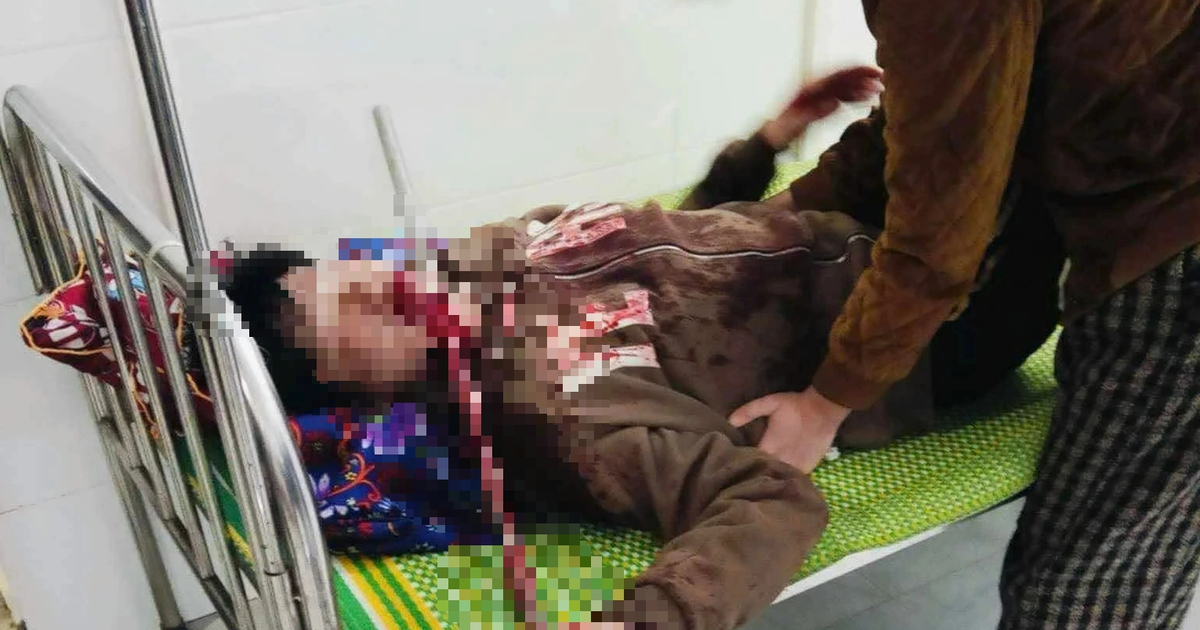


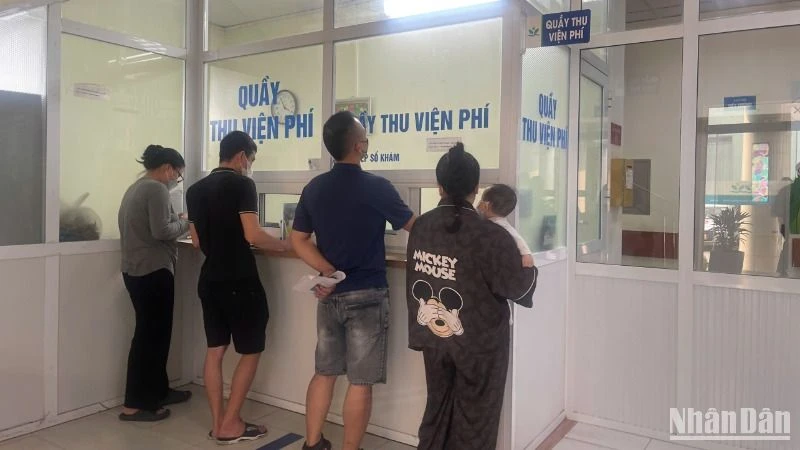
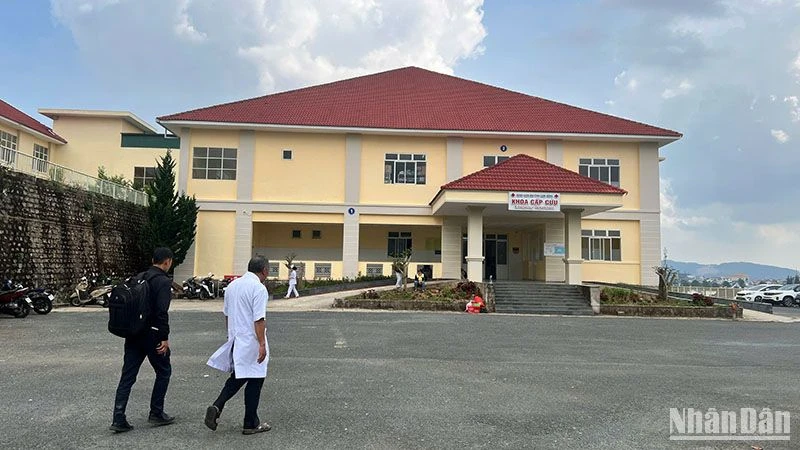





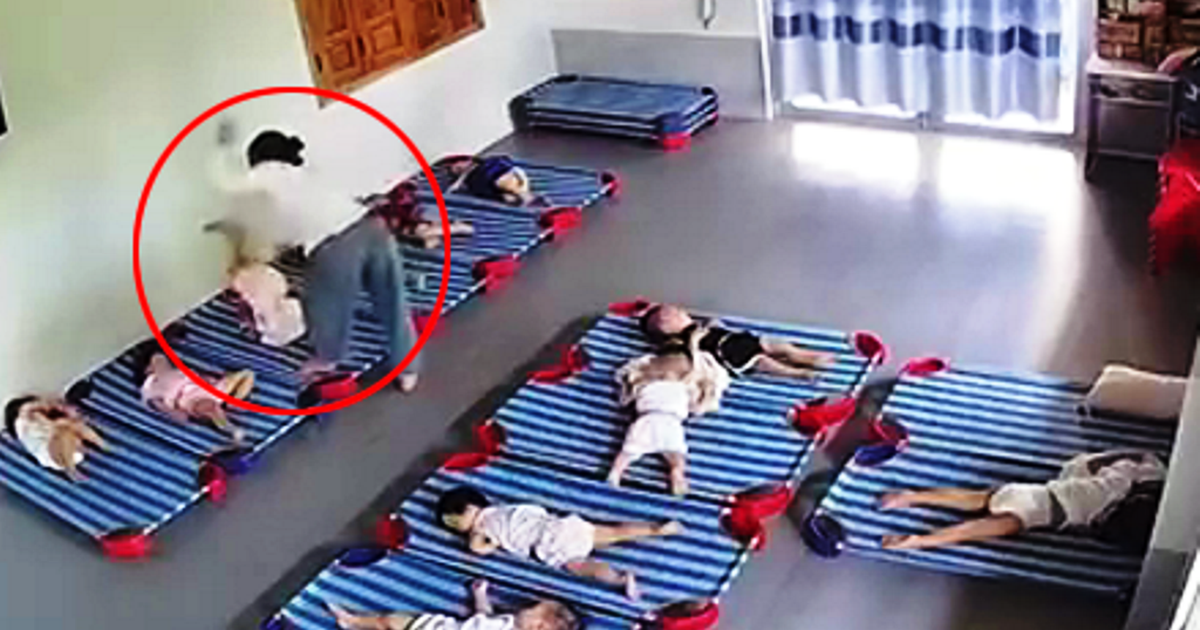

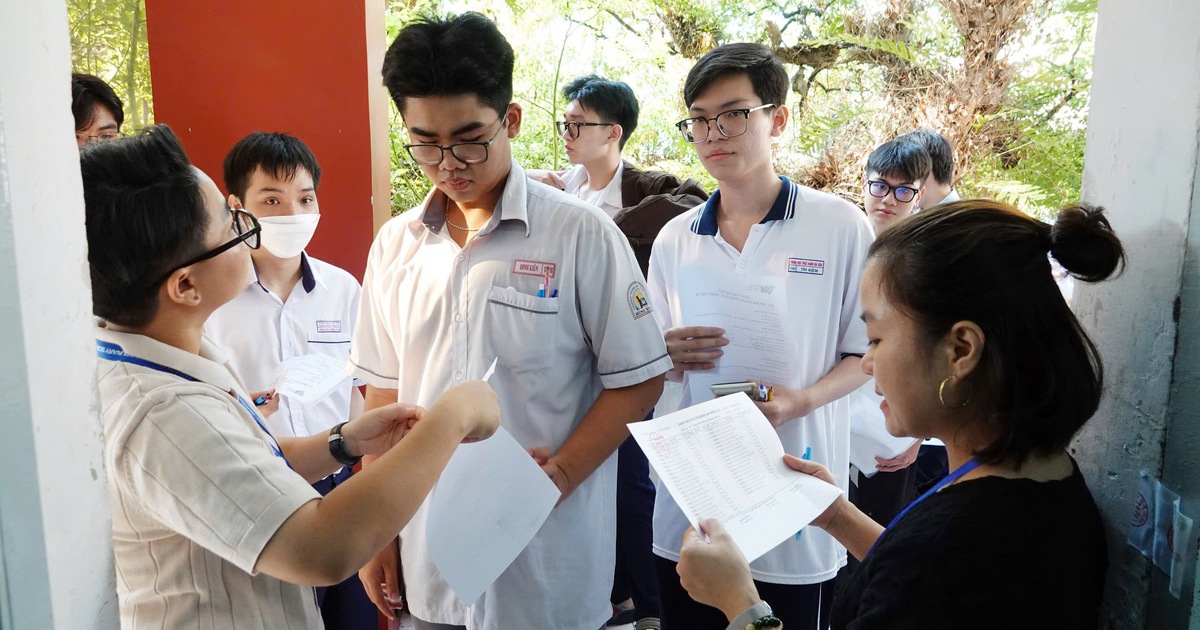



![[Photo] Summary of parade practice in preparation for the April 30th celebration](https://vstatic.vietnam.vn/vietnam/resource/IMAGE/2025/4/11/78cfee0f2cc045b387ff1a4362b5950f)













































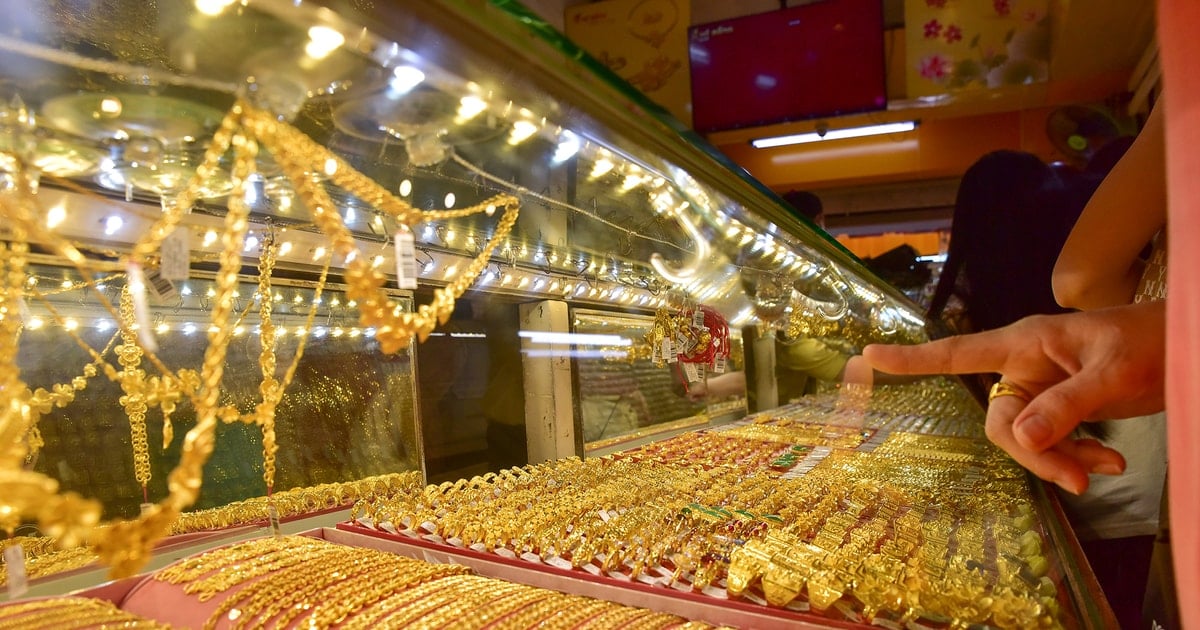













Comment (0)